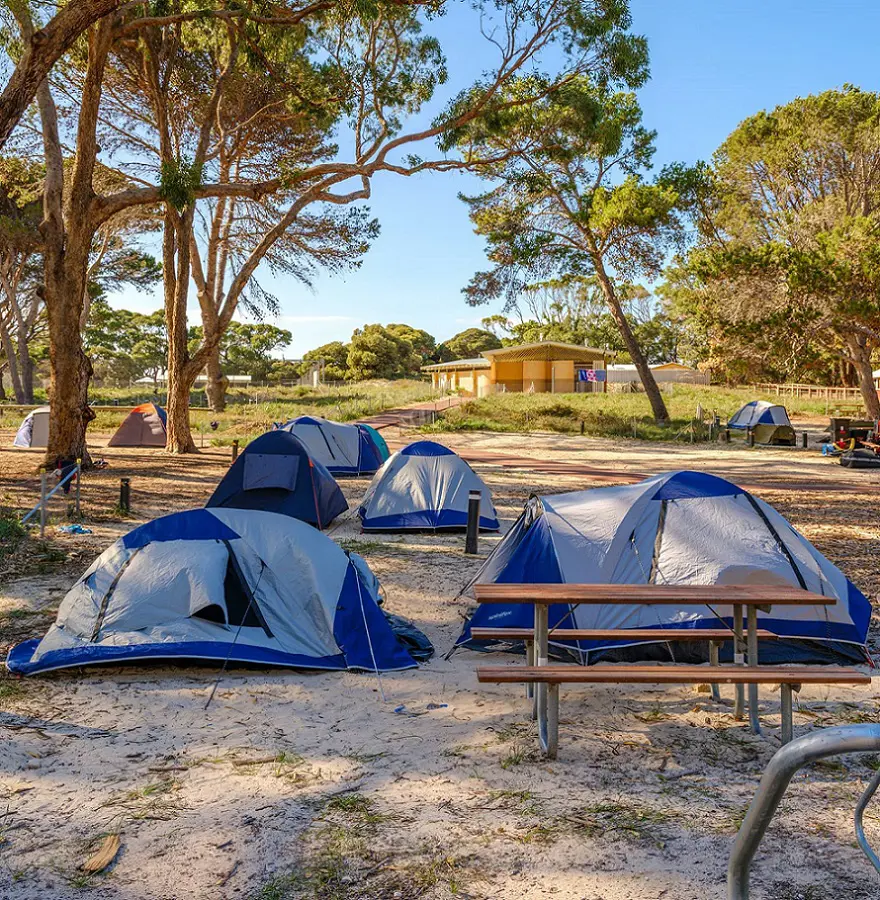Bass are among the top sport fish in the world as they are easy to catch and ideal for even new fishermen. Once hooked, they become quite furious, and few things can compare to seeing a trophy-sized bass breaching the surface with its gills flared and big mouth open.
Fortunately, bass aren't too picky because they consume almost anything smaller than them in their native habitat. numerous live baits work well, and every angler's tackle box will undoubtedly have numerous lures that will quickly capture their interest.
1. Minnows and Shad
Minnows and shad are preferable for casually targeting bass. They are tiny, inexpensive, and can often be maintained alive for the duration of a fishing excursion. If they die, you'll have some excellent catfish bait that you can vacuum seal and freeze for later.
Also, if you're in a fishing spot that allows it, you can catch both of these baitfish for free with a bait net and a few minutes of wading. This is an additional step in your fishing mission, but it's free bait.
Because of their modest size, they are unlikely to elicit a response from larger bass, but mid-sized and smaller fish will react rapidly.
2. Bluegill

Bluegill are excellent baitfish for achieving personal bests. They are larger, heartier fish when compared to the mouth of a trophy-sized bass, and they are significantly more appealing to such giant bass than minnows and other tiny baitfish.
However, be sure you're not throwing away the plate-sized bluegill that ultra-light fisherman dream of. They're typically a little too much, and they're best relinquished or used for something else. Small or medium-sized bluegill are ideal, however.
3. Frogs
Frogs are their favorite food, and using them as bait is a little more tricky, but it is doable. These are hooked differently from baitfish; instead of piercing behind the spine, thread your hook through both of the frog's "lips" with the pointed hook directed up and away from the frog's head. Think of it as a lip piercing.
Frogs have excellent motion and may lure bass of all sizes, but they're difficult to find in sufficient quantities for a full day of fishing. Still, they're not bad when combined with other live bait.
4. Insects
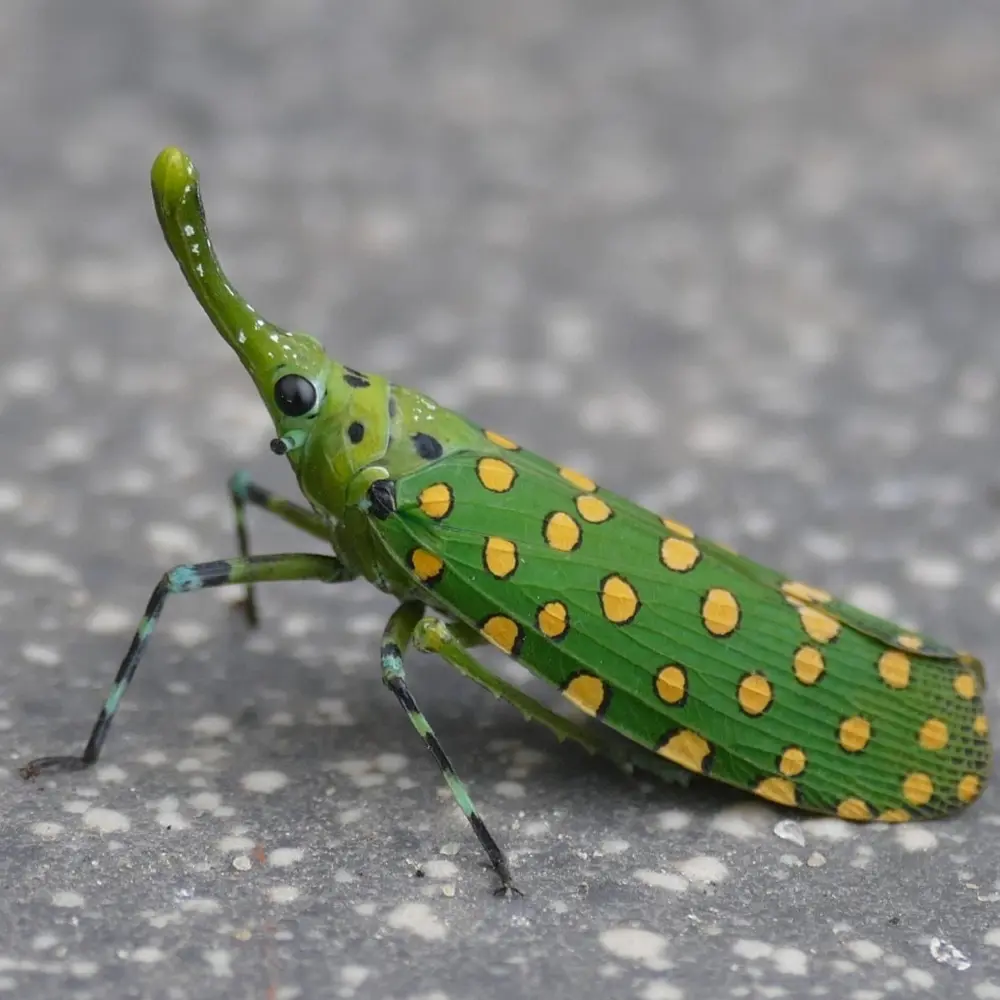
The bass fish love insects, and Grasshoppers are their favorite; this will be your primary pick if you want a lot of action and plenty of food for larger bass. If correctly hooked, they will skitter around on the surface, acting like a topwater bait.
Worms are also excellent live baits for a variety of species, including bluegill and catfish. So it's doubtful that you'll merely receive the bass you're looking for.
Finally, crickets, larvae, and other tiny insects are excellent for little bass, as well as bluegill, which may be used as more substantial live bait. All of these can be purchased alive at a quality bait store for very reasonable costs, or you can go the old-fashioned method and do some insect hunting the day before your fishing adventure.
5. Worms
These are bass fishing basics that come in a range of sizes and functions, allowing you to utilize them for any size bass. The secret is to utilize a drop shot or worm rig to bounce the worm around. This falling action is similar to a worm dropping into water and gently gliding down, and it causes a lot of bites.
For sure, selecting soft plastics with smells or adding your favorite scented lubricant is suggested for an added boost. Always have several bags of soft-plastic worms in different sizes and colors in your tackle box.
6. Leeches
With larger jig weights of 1/4 to 3/8 ounces, smallmouths may effectively catch leeches down to a depth of 25 feet or more. Smallmouths prefer to consume leeches in the shallows of lakes and rivers, particularly where vegetation edges up to rocks and bushes.
Make sure the hooks on the jigheads are light-wire and needle-sharp. Smallies are more prone to shake a bigger gauge hook because it tends to tear a hole in their jaws. A more secure hookset can be achieved by using a hook with a large spacing.
7. Snails
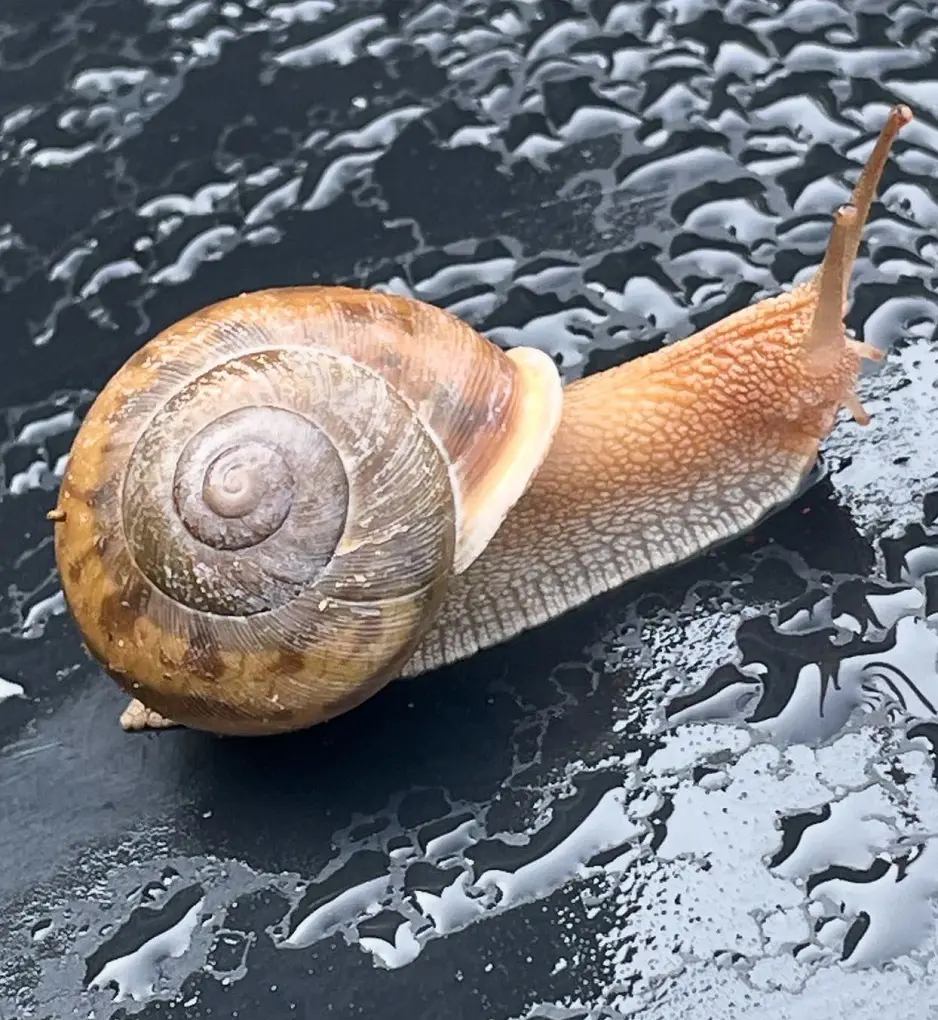
Snails are a tasty and accessible food source for bass fish, which are renowned for their varied diet and predatory habits. Both aquatic and terrestrial snails provide a wholesome, high-protein, high-calcium supper. These opportunistic predators find them easy food because of their hard shells and sluggish movement.
Snails are aggressively sought for by bass, especially largemouth and smallmouth bass, in ponds, lakes, and rivers. Bass meet their nutritional demands and preserve their status as top predators in their environment by include snails in their diet.
8. Shrimp
Due to their opportunistic feeding habits and ravenous appetites, bass fish easily include shrimp into their diet. Bass are drawn to shrimp because of their high protein content and fascinating movement.
Bass will aggressively seek for and eat shrimp of all sizes in both fresh and saltwater habitats. They can effectively trap and subjugate these crustaceans because to their strong jaws and keen fangs.
Bass population growth and eating habits are frequently influenced by the quantity of shrimp present in a given body of water. Anglers also commonly use shrimp as bait or lure to catch bass, which emphasizes the fish's preference for this crustacean.
9. Crayfish
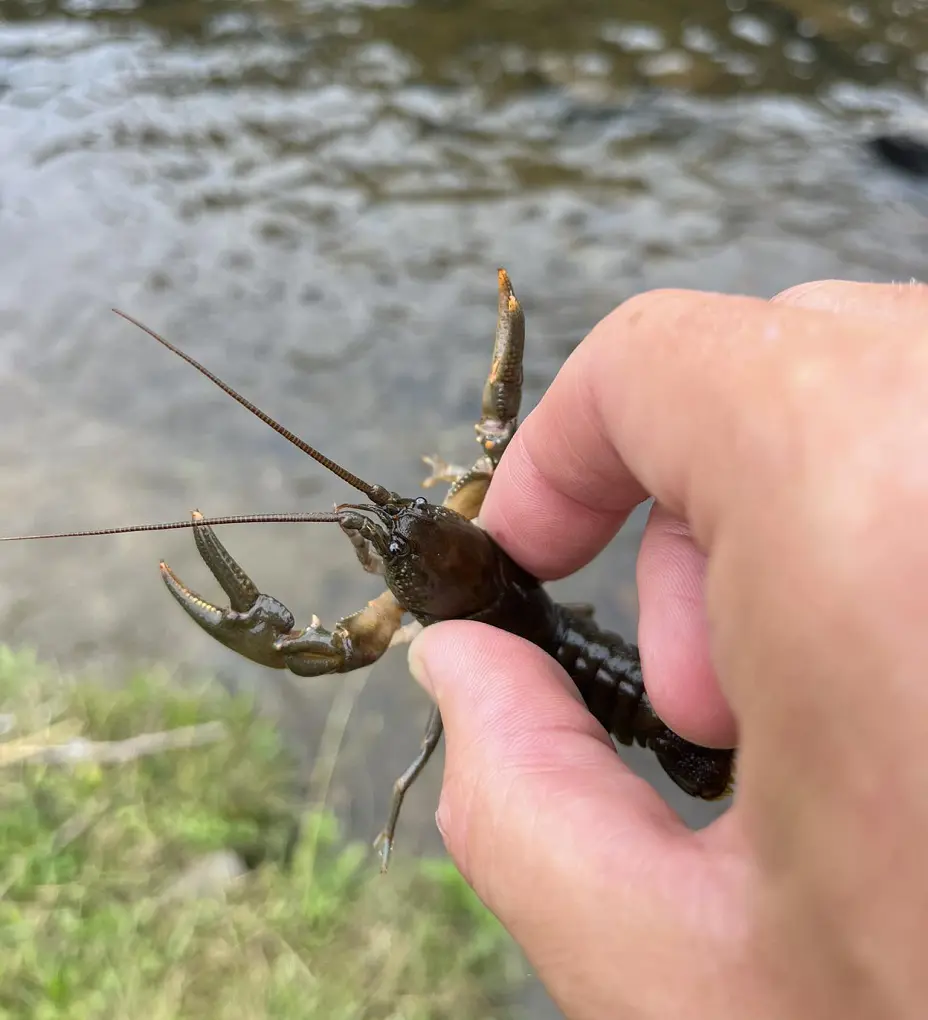
Crayfish are another significant food source for bass. A bass's diet consists mostly of these armored crustaceans, which are present in the majority of lakes and rivers where bass reside.
Although it may not be particularly thrilling, fishing a crawfish pattern slowly and deeply is quite successful. When crawdads emerge from their deep winter tunnels in the spring, this is particularly true.
The fact that crayfish are a big meal and offer a lot of nourishment in a single swallow is one of the reasons bass fish enjoy them. Compared to other fast-moving baitfish feed, they are easier to track down and hunt systematically. Additionally, crayfish are a bass's natural opponent since they will consume bass eggs. Sometimes, rather than being hungry, bass may attack them out of pure greed and hatred.
10. Mice
Although they are not bass's main supply of food, mice are opportunistic predators that will eat them if given the chance. Fish, crabs, insects, and small mammals are just a few of the creatures that bass are known to feed on.
Mice are possible prey for bass when they fall into the water, whether by mistake or as a result of their natural motions. The fish can identify and catch these rodents thanks to their acute senses and natural predatory tendencies. Largemouth bass, which can hold larger prey items due to their greater gape, exhibit this behavior the most.
Although uncommon, this dietary choice demonstrates the adaptability and variety of bass as predators and their desire to take advantage of food sources.
What Do Rock Bass Eat?

Rock bass are similar to Miniature smallmouths. They share a lot of food items with smallmouth bass, such as:
- Crayfish
- Smaller baitfish
- Aquatic insects
What Do Striped Bass Eat?
Because the ocean offers an even more varied menu of food items, striped bass that live in saltwater are a completely different creature. However, saltwater baitfish like menhaden, bunker, and herring make up the majority of their diet. Also, striped bass will consume:
- Eels
- Squid
- Bloodworms and sandworms
- Mussels, crabs, and other small shellfish
What Do White Bass Eat?
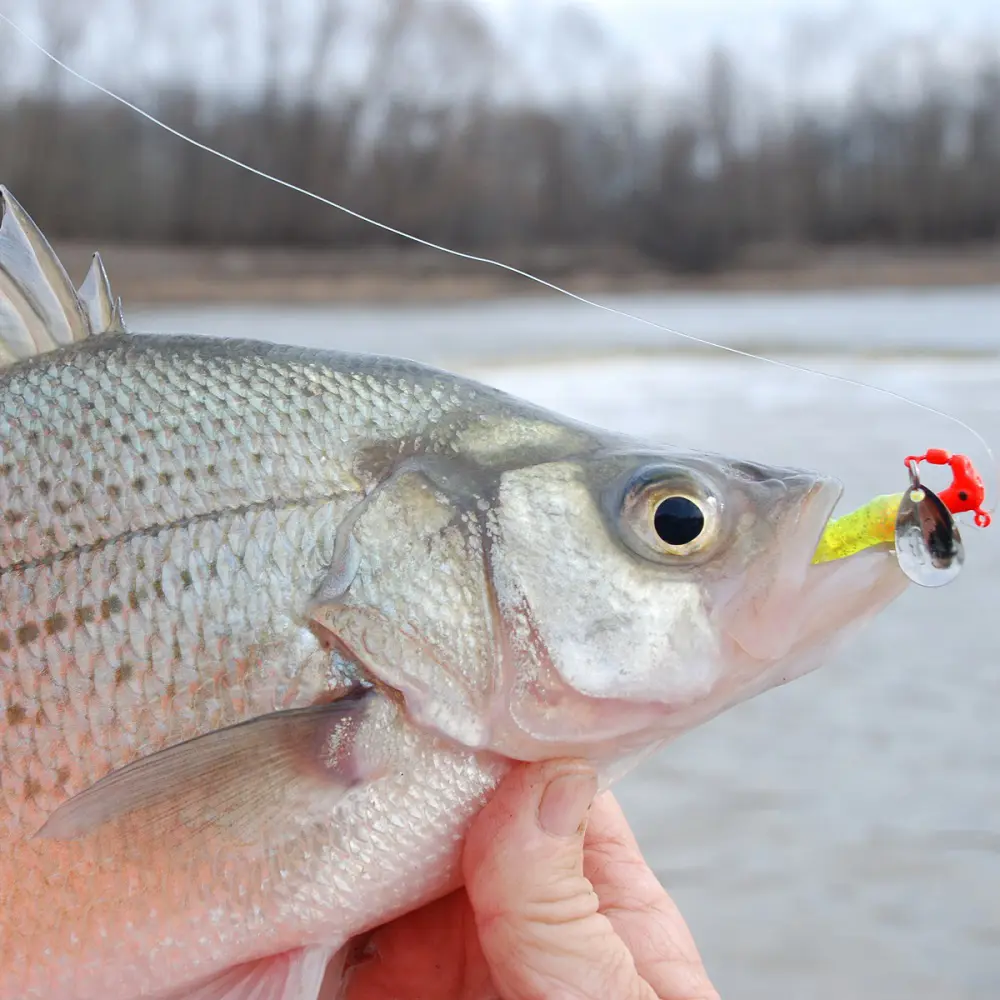
Compared to other bass subspecies, white bass and striped bass share more characteristics. As they get bigger, they start hunting schools of baitfish instead of consuming tiny creatures. Among their favorite foods are:
- Zooplankton
- Insect larvae
- Small shad and minnows
What Bass Eat Varies Regionally
You must be aware of the forage species that are present in your area if you are a professional bass fisherman. While goby, perch, and smelt are more usual food in the North, bass in southern fisheries are more likely to consume bluegills and threadfin shad.
The variety of food that bass eat usually varies more from south to north than from east to west, while some forage types are more likely to be found along the coasts, such as crab and other saltwater kinds of tiny prey found in brackish water.
This is because the north and south have a lot different temperatures and other environmental factors that are conducive to the survival of these baitfish and other food sources. Because one of these species might flourish in one habitat while the other is better adapted to the other, a bass in south Florida will pursue a golden shiner, and a smallmouth in one of the Great Lakes will feast on goby.
Bass Fishing
Finding the right bass boat, learning the fundamentals, and then using the strategies used by experts to increase their catch are the first steps in bass fishing like a pro.
How to go bass fishing:
-
Save Shredded Worms: Save your plastic worms after they are destroyed. Because bass prefer to ambush injured prey, a worn-out worm is ideal, particularly in shallow water.
-
Red Fools the Fish: It is preferable to utilize crankbait with red hooks and spinner bait with a red or pink head under shallow covers, such as timber, stumps, or grass clumps. The red causes the fish to bite at the bait because they believe it is injured.
-
Skip Your Bait: Like a check swing in baseball, when you cast, stop halfway through rather than finish. As a result, the lure skitters across the water after striking the water's surface a few feet ahead of your target. It's a useful method of getting beneath buildings and ports.
-
Keep Your Hooks Sharp: Sharpening the hooks with a file before each excursion and each time you catch a fish is preferable. Just thirty seconds are needed. Because of their bony jaws, bass are more likely to be pierced by a sharp hook.
-
Bug Those Bass: Because bass are finicky fish, you must repeatedly tap at them to get them to bite your hook. Bass like the bait offered to them at various angles and place themselves in cover. Before you eventually get a bite, simply throw lures at the same spot a hundred times.
-
Face the Wind: Give up some distance while fishing with the wind blowing in your face and wearing casts. Since bass usually follows the flow, they should locate your bait before they locate your boat. Additionally, it's a good thing that the sound of the water hitting your hull will transport you away from the fishing location.
-
Fish before the storm: Bass are best fished before a front moves through, and they are worst fished after. Keep an eye out for a wall of clouds approaching since the pressure makes the bass more active. Bass are unlikely to bite when it's too lovely out.
-
Make Your Bait Seasonal: Depending on the season, bass consume different types of bait. In general, utilize peach-colored designs since they like crawfish in the early part of the year. Use chrome or silver baits since they like shad in the summer and fall.
What do Bass Eat in Ponds?
Pond bass are opportunistic eaters that mostly eat shad and bluegill, two smaller fish. They also eat insects like mayflies and dragonfly nymphs, as well as crustaceans like crayfish.
In some cases, they could also feed on reptiles, amphibians, and even young ducklings or birds. Size, pond ecology, and prey availability are some of the variables that might affect a bass's particular diet.







